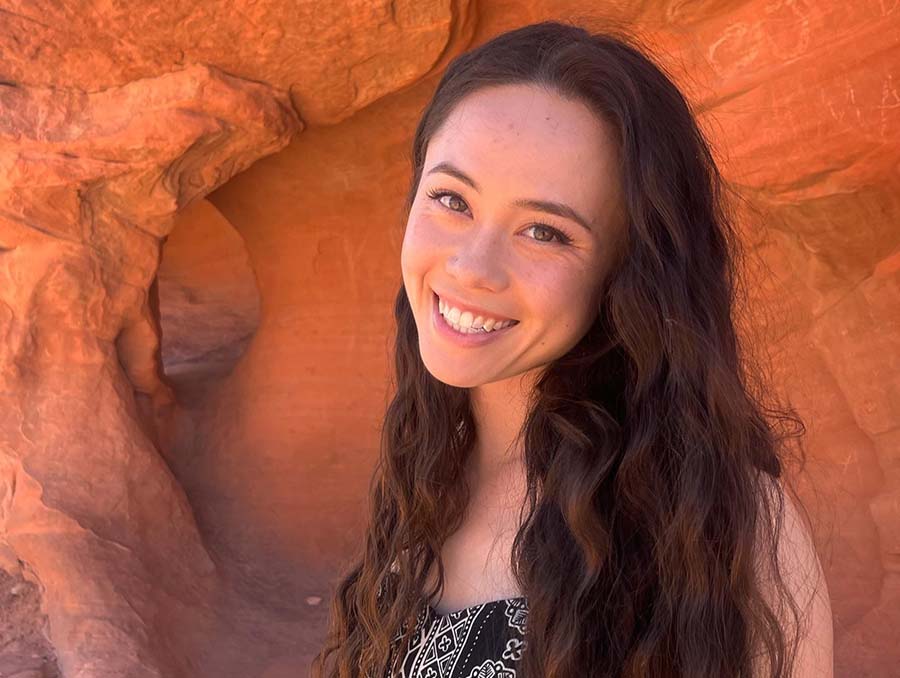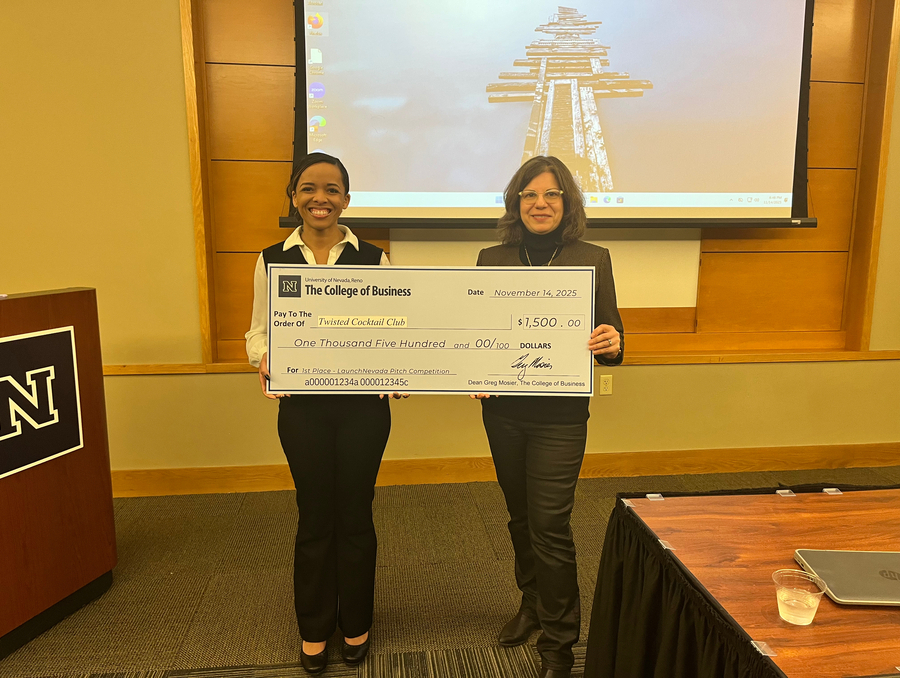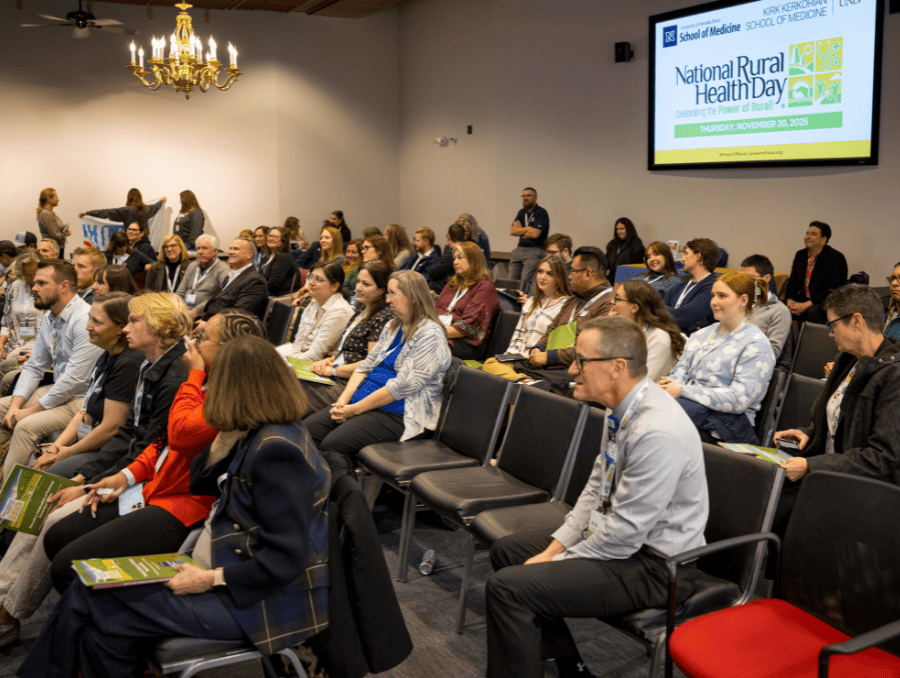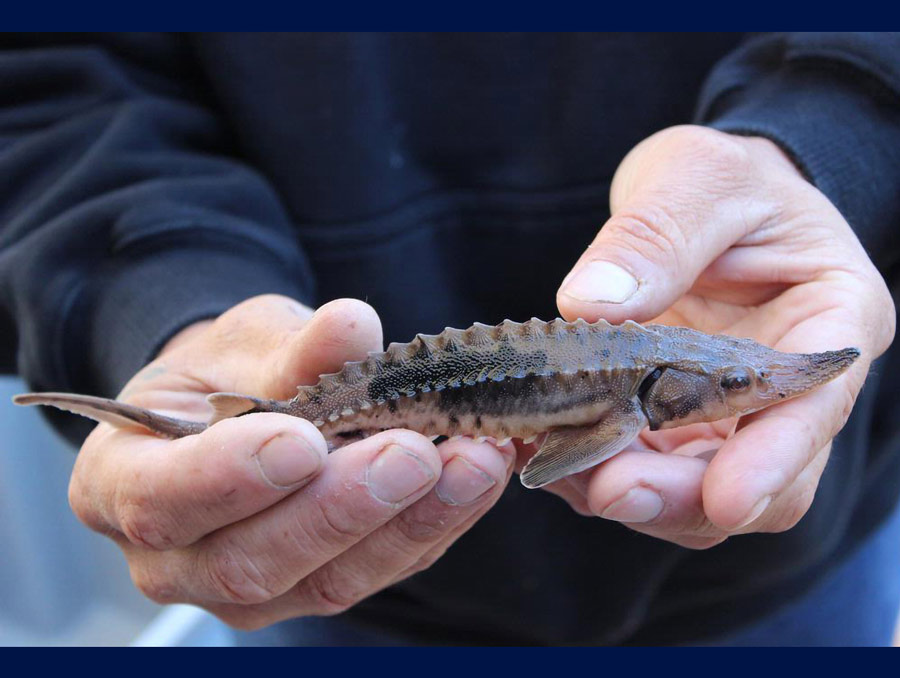University birthday party, 1904-style
As the University turns 148, we look back on how the community celebrated the 30th birthday of the University of Nevada, Reno and how things have changed.
Every year on October 12, the University of Nevada, Reno, marks another “birthday.” The level of celebration varies – usually it passes without any particular notice from most of the campus community, but occasionally there’s more observance. In a year, festivities will begin to mark our 150th anniversary.
In the University Archives, however, there’s a small box with documents marking the University’s 30th birthday in 1904. The campus community marked the occasion very differently than any of us have marked our 30th birthdays; mine included a piñata, in a marginally successful attempt at whimsy (several years later, tiny plastic lizards are STILL turning up in the garden). For the University on June 1, 1904, the events featured a full day of speeches, eulogies for departed University employees and alumni, and an evening banquet for alumni, University Pioneers, Regents, faculty, and the graduating class with their guests.
Collection AC 0248, the University of Nevada Tri-Decennial Committee Records is small, just one manuscript box, but it includes a wealth of information on how the University saw itself as it reached mature years. No longer a new institution setting down roots and establishing its precedents, at thirty years old it was firmly settled in its present Reno home, with a growing student body and faculty. The committee, headed by Dr. James E. Church, wrote “This celebration… will mark the passing of the University from its formative stage to the period of its maturity. It will also be the last celebration before all of the early pioneers who laid its foundation in the legislative act of ’73 shall have passed away.”
The Tri-Decennial Celebration took place during the Commencement Exercises of 1904, taking up one day of the weeklong ceremony of graduation. Students today may be grateful for how commencement works now, since they no longer have to put on exhibitions of their skills and reading their theses aloud to any faculty, Regents, and guests who might wish to attend. On the other hand, perhaps the baseball game pitting faculty against seniors is a tradition that should be revived, as should the class prophecy.
The correspondence file is of most interest to me. I like the personal element of the notes. It includes letters both incoming and outgoing from the committee and Dr. Church in the leadup to and immediate weeks after the celebration, with information on who got personal invitations to attend and how invitees reacted to the correspondence. It also includes a number of notable names in local and even state level roles, such as Sam P. Davis, then State Controller. On an aesthetic note, it’s always fun to see the handwriting of previous eras. Some of these letters are barely-legible scribbles, while others could be engraved copperplate prints. One letter is even from then-89-year-old former Nevada Assemblyman Cranston Allen, in a shaky but legible hand, remarking on having voted for the original establishment of the University and praising its growth and strengths.
The collection on the 30th anniversary celebrations also includes the typescripts of the various speeches given by Regents, administration, and emeritus faculty, including the original University of Nevada Librarian, Hannah Clapp. She wrote of the early days of the Reno campus, “Today you are thrilling with pride in your grounds, buildings, equipment, and all the comforts of home with modern improvements. In 1887, perched here on the hill-side, were but a basement and an attic and another story. The institution was reached only by a romantic path – no pavements anywhere.” Imagine what she’d think of campus today.














